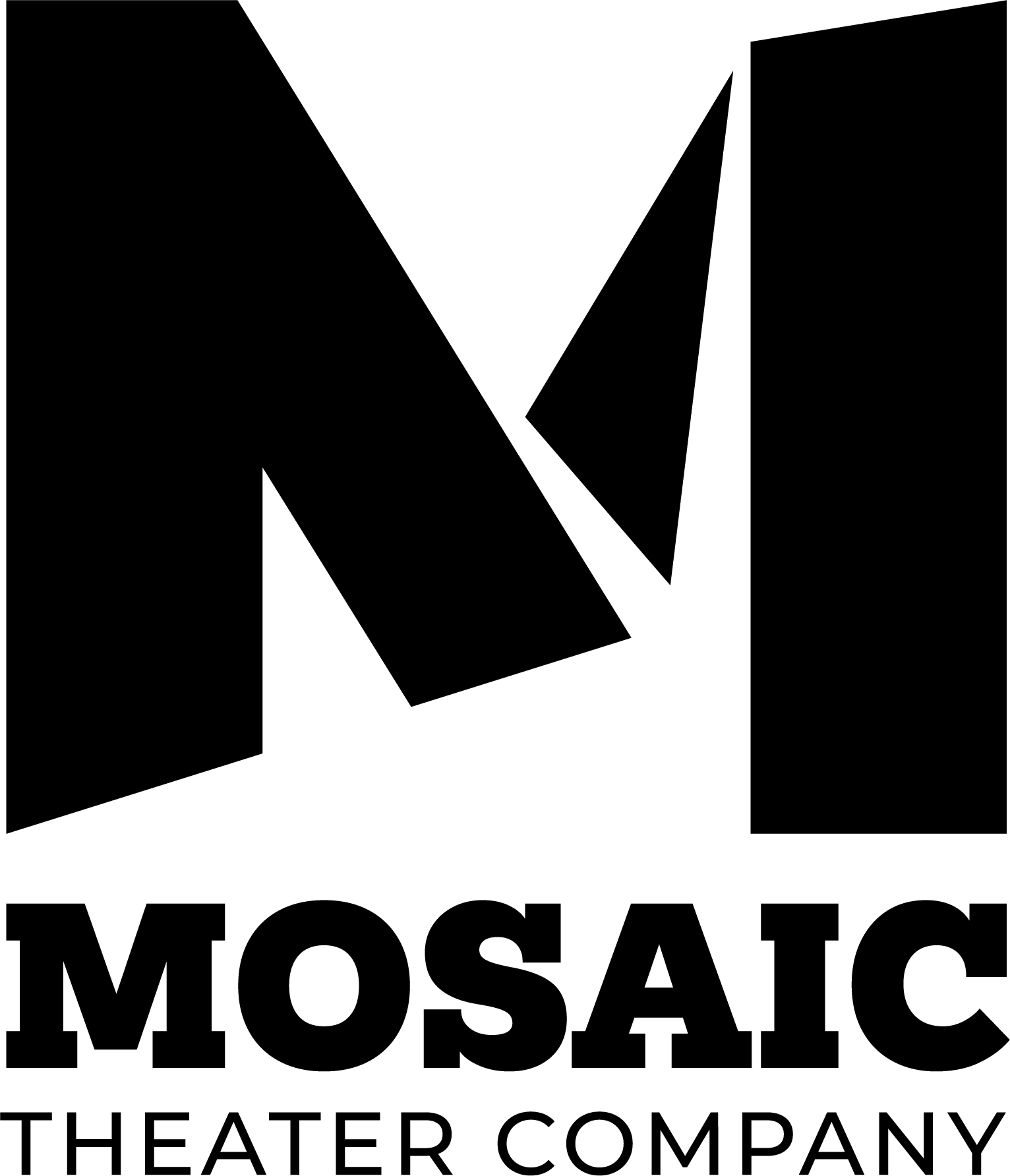What in the Space is Afrofuturism???
When referencing the absence of Black actors in 1976's dystopian Logan's Run, which imagined a dystopian ageist society in 2274, influential comedian Richard Pryor surmised: "guess white folks ain't planning on us being here.” That year, Logan’s Run won six out of twelve Saturn Awards, an annual ceremony put on by The Academy of Science Fiction, Fantasy, and Horror Films. This critical response made the movie even more influential than it’s commercial success and it laid the groundwork for genre tropes that would dominate science fiction throughout the 1980s.
At a glance, it isn't hard to notice the whiteness that much of the mainstream science fiction and fantasy genre is drenched in. A decade after Eartha Kitt knocked down doors with her iconic portrayal of Catwoman in the 1966 Batman, roles for Black creatives in sci-fi and fantasy were still few and far between. This is ironic, as science fiction historically served as a means for marginalized folks to unpack their experiences (see Frankenstein and The Invisible Man), but there are no Black actors in Blade Runner, only three prominent Black characters across 10 Star Wars movies and zero POC characters in the entirety of The Lord of the Rings franchise. It wasn’t until the end of the 1990s that mainstream science fiction films such as Blade, The Matrix, and X-men placed Black characters in heroic positions of authority while also allowing them to remain alive for the entirety of the film’s runtime. We have The Afrofuturists to thank for correcting the lack of diversity in science fiction.
“Afrofuturism seeks not to repair but to broaden, to give its audience the information we need to determine if ours is indeed a world worth saving. [It] helps us to determine not only how to get free, but to consider what freedom is.” -Scott Woods, “The Decade Afrofuturism Reshaped Science Fiction - And the World”
This is no small task. However, the hunger for new Afrofuturistic narratives is clear as undeniable. Black Panther is the ninth highest grossing movie of all time (third highest grossing movie when just looking at US and Canadian audiences). These stories expand the scope of the questions we ask and push the boundary of what we have considered.
Now, even if you haven’t heard the term Afrofuturism, I’d be willing to bet you’re familiar with it.
Ever heard of Sun Ra?
Janelle Monae?
Octavia Butler?
How about Marvel’s Black Panther?
These are all interpretations of what Afrofuturism is, because the true center of Afrofuturism is the simple question of “what could be”. Scott Woods goes on to call it “a hope engine;” a way of asking folks how they see themselves in the future. And the artists working in this medium have myriad answers.
Afrofuturism looks to the past and present to imagine a future that resists systems of oppression.
It is a cultural aesthetic as well as a philosophy of science and history that was coined in 1993 by Mark Dery in his essay “Black to the Future,” as a term to describe this specific artistic and social movement that spans much of recent history.
The origins of science fiction lie in the exploration of “otherness” but Afrofuturism turns this function on its head and imagines a future designed by and for the traditional “other.”
By incorporating themes and concerns from the African diaspora, Afrofuturism functions as “an intersection of imagination, technology, the future, and liberation,” as Ytasha L. Womack describes it in her 2013 book Afrofuturism: The World of Black Sci-fi and Fantasy Culture.
Much like historical realism is often used to critique contemporary political or social situations without quagmiring the artists and audience in their own misfortune, Afrofuturism is often used to explore the intersectionality of feminism, alienation, and community while also allowing moments of escapism, idealisation, and celebration. Afrofuturism is a means of reclaiming agency over one’s narrative. It is a way of celebrating a history and culture that were stolen and deliberately rubbed out. Afrofuturism explores themes relevant to the lived realities of Black people in the past and present outside dominant cultural narratives. It strives to dissociate Black experiences from the context of white supremacy.
The first artists to make work that would later be canonized as Afrofuturism were musicians. In particular the way Sun Ra infused Afrocentric sounds in the hard bop subgenre of jazz was an inspirational moment to fellow artists and his visual linkage of ancient Egyptian culture to the American Space Age inspired numerous other artists. Today this musical legacy is carried by artists such as Janelle Monae, Outkast, and Erykah Badu.
But the aesthetic is as widespread as it is varied. The Afrofuturist aesthetics on display in Black Panther, A Winkle and Time, and Jingle Jangle are distinct from one another as well as from the Afrofuturism of Monea or Butler. Not just limited to film and music, Afrofuturism can be seen in visual art, theater, literature, architecture, and fashion.
In her book, Ytasha Womack writes,
“Imagination, hope, and the expectation for transformative change is a through line that undergirds most Afrofuturistic art, literature, music, and criticism. It is the collective weighted belief that anchors the aesthetic. It is the prism through which some create their way of life. It’s a view of the world. Where there is no vision, the people perish.”

![“Afrofuturism seeks not to repair but to broaden, to give its audience the information we need to determine if ours is indeed a world worth saving. [It] helps us to determine not only how to get free, but to consider what freedom is.” -Scott Woods, …](https://images.squarespace-cdn.com/content/v1/5e5bc398d7168c57f6b6ec92/1613513278031-222KJW94TYYZTLQ003GT/osbourne-macharia-afrofuturism-dezeen-hero.jpg)


